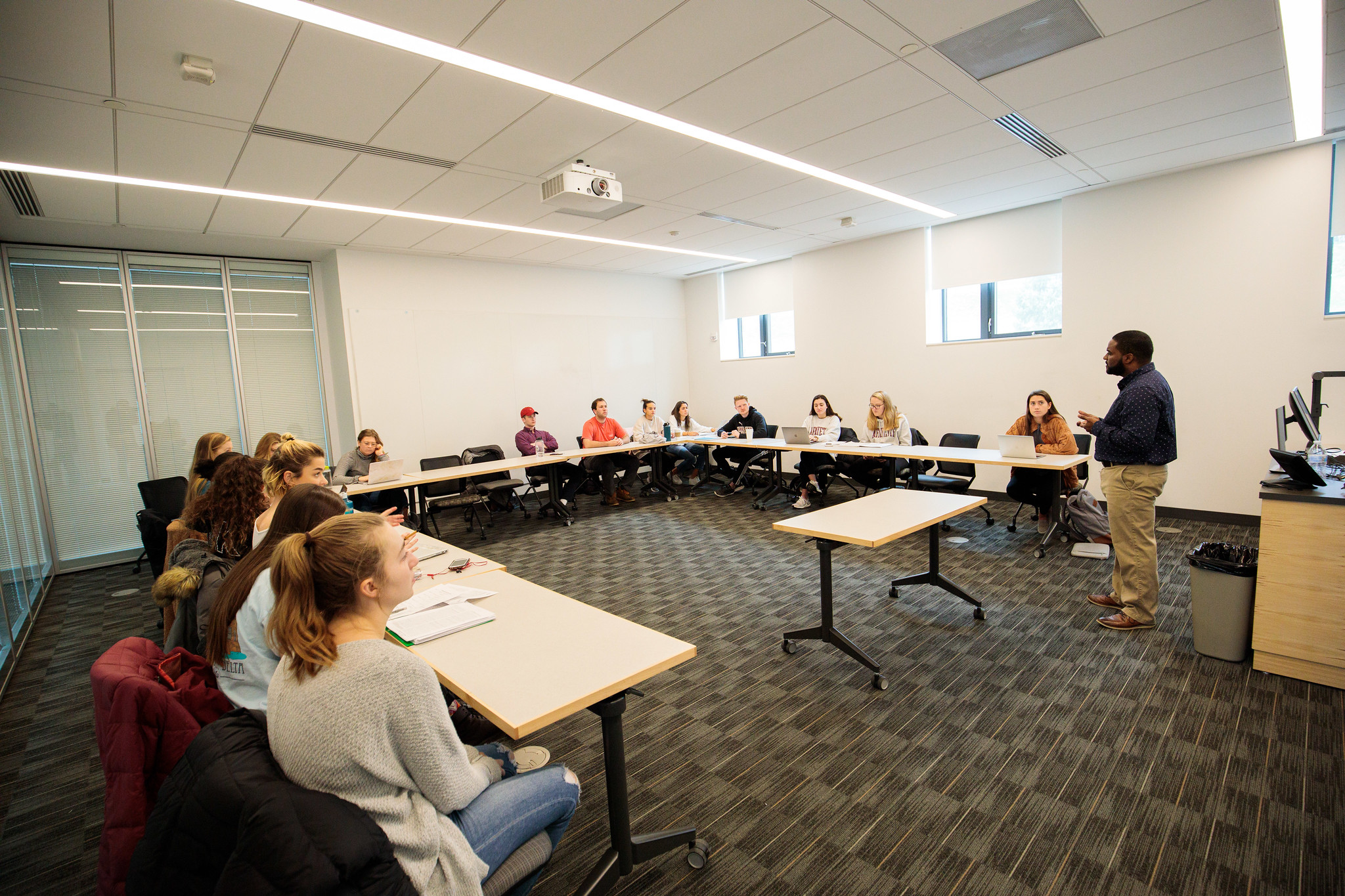Recommended Practices
 Syllabus
Syllabus
- Include a Diversity Statement in your syllabus and to go over it the first day of class! Reference Lafayette’s Diversity Statement here.
- Limit the price of your course materials as much as possible. To do so you can:
- Use free textbooks online.
- Use older editions of textbooks.
- Put copies of books and textbooks on reserve at Skillman and Kirby Libraries.
- If you are only using a few chapters of a book or textbook, photocopy chapters and put them on Moodle and abide by copyright laws (e.g. Fair Use)
- Ask the library to buy the book electronically so that students have access to it
- Leave a box in front of your office at the end of semester for students to drop off books that they are willing to donate. At the start of semesters tell students about those copies!
- Tell students to come talk to you if they are having trouble affording the materials.
- Be cognizant of how inclusive and representative your syllabus is! While designing a syllabus, ask yourself:
- Who is being represented in this syllabus?
- Is this syllabus reflective of the diverse set of opinions regarding this topic?
- How many scholars represented in this syllabus fit the dominant culture? Does this syllabus include scholars who come from historically underrepresented communities? If so, how many? If not, why not?
- What communities are affected by the issues that the course considers? Are their voices represented?
- Are there any conclusions that can be drawn about contributions to the field from the order and structure of readings assigned? Are these conclusions positive or negative? Are they accurate?
- Give historical context to the issues addressed in the course.
- Create assignments that allow students’ voices to be represented and highlighted throughout the course. Discussion posts on Moodle are a great starting point!
Classroom Environment
- Remind students that the classroom is a place of learning and that the success of the course depends on them too.
- Introduce yourself on the first day of class, mentioning your pronouns. Invite students to do the same!
- Especially in courses with many first-year students, be sure to mention office hours and the Academic Resource Hub on the first day of class.
- Set up rules for discussion at the beginning of the semester and revisit when necessary.
- Encourage students to express differing opinions respectfully.
- Address students privately when problematic statements are made.
- Create room for students to discuss pertinent issues. This can be done through class discussions, debates, or Moodle posts. Use these discussions, debates, or Moodle posts to help students feel empowered to speak up in the class.
Varying Backgrounds and Academic Support
- Include more entry level resources on Moodle for students who may be new to the course content.
- Include additional resources for students on Moodle who are already familiar with concepts, theoretical frameworks, and ideas.
- Refer students to the Academic Resource Hub when necessary.
- Consider building into the course an opportunity for students to reflect on their progress in the course and what they need to do better. This can look like an office hour check-in with you, a short written assignment, or a few minutes of free writing in class.
- For particularly difficult and fast-pace courses, send out some materials over summer or over break to students on the roster.
- Remind students to go to Writing Associate (WA) Drop-In hours, SI sessions, and their TAs especially before major assignments are due.
- Remember that much of a student’s willingness to ask for support is a direct result of classroom environment.
General Practices
- Be sure to get to know your students. Especially at a small liberal arts college, you can make or break their experience! Check in with them whenever possible.
- Be cautious of assuming that students are not doing the work or are not doing it well because they are lazy. Check in with students to see if they are struggling with the material or if something else is going on.
- Engage students in thought exercises around various topics such as gender dynamics in the classroom, racial dynamics in research, and socio-economic status and representation.
- Include students in the classroom and make sure that they know that the classroom is a collective, shared spaced.
- It goes without saying, but do not yell at students or call them out publicly.